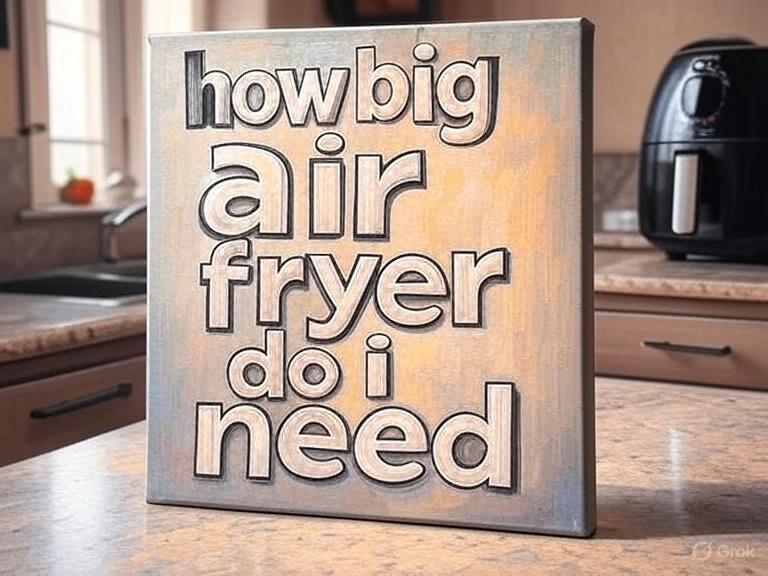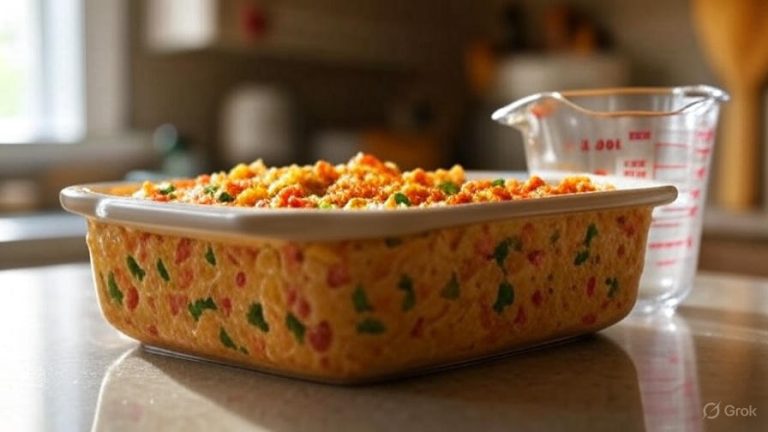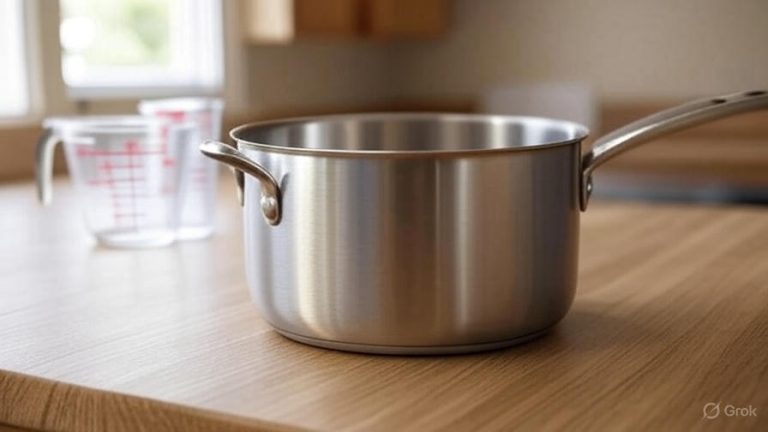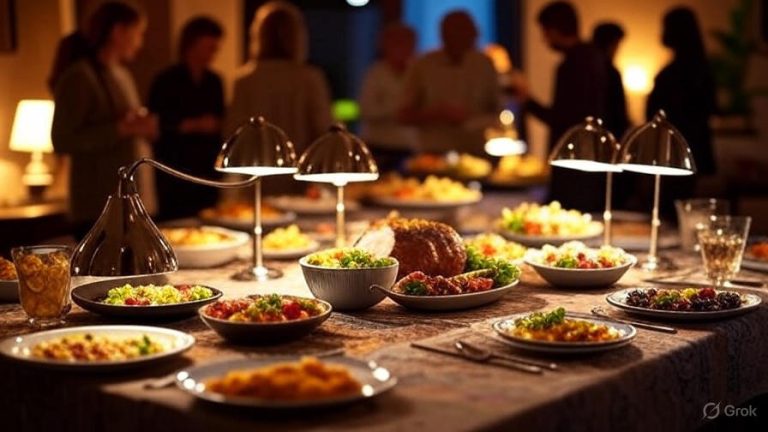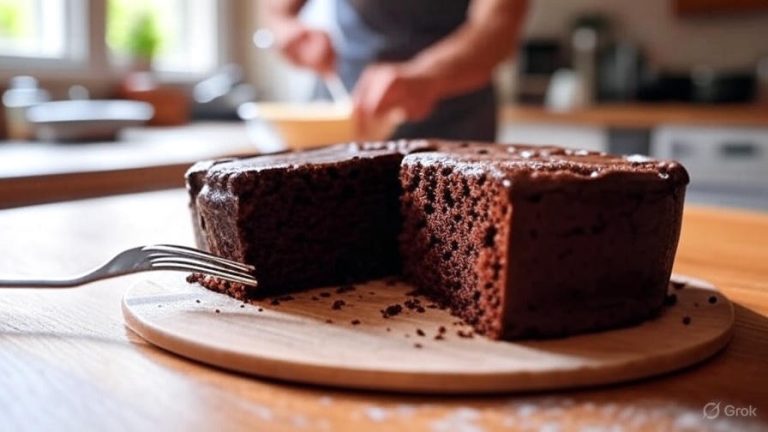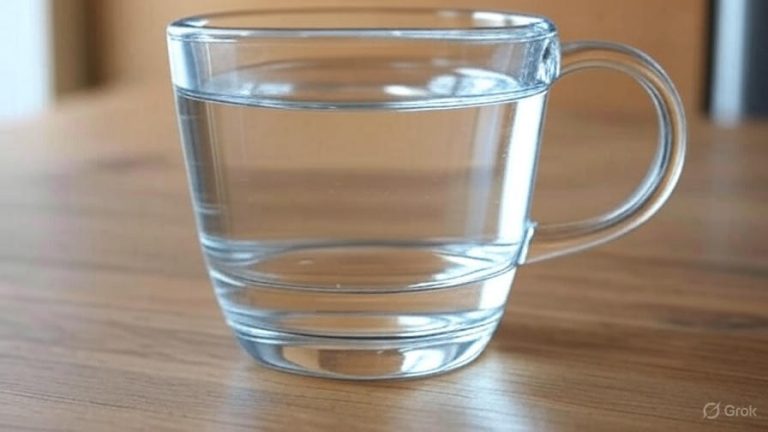How Big Air Fryer Do I Need?
You stand in the kitchen appliance aisle, staring at rows of air fryers in different shapes and sizes. The question burns in your mind: how big air fryer do I need for my family? This decision affects your cooking experience, counter space, and wallet for years to come.
Choosing the right air fryer size can transform your cooking routine or leave you frustrated with limited capacity. This comprehensive guide walks you through everything you need to know about air fryer sizes, helping you make the perfect choice for your household.
Understanding Air Fryer Capacity Basics
Air fryer capacity gets measured in quarts, ranging from compact 1-quart models to family-sized 10-quart units. However, the actual cooking space differs from the total capacity due to the basket design and air circulation requirements.
Most air fryer baskets hold about 75% of their stated capacity when cooking food properly. You need space between food pieces for hot air to circulate effectively. Overcrowding leads to uneven cooking and disappointing results.
The cooking chamber shape also impacts usable space. Round baskets work well for certain foods, while square or rectangular designs maximize surface area for items like chicken pieces or french fries.
Small Air Fryers: 1-3 Quart Models
Small air fryers serve single people, couples, or anyone with limited counter space perfectly. These compact units typically measure 12-15 inches in width and height, fitting easily in most kitchens.
A 1-quart air fryer handles single servings beautifully. You can cook one chicken breast, a small portion of vegetables, or reheat leftovers without waste. College students and office workers love these for dorm rooms and small apartments.
The 2-quart size steps up the game slightly. This capacity accommodates two chicken thighs, a cup of brussels sprouts, or enough fries for one hungry person. Many people find this size ideal for meal prep portions.
Three-quart models bridge the gap between personal and family cooking. You can prepare meals for two people comfortably or cook larger single portions. A whole Cornish hen fits perfectly, along with side dishes for intimate dinners.
Best for: Singles, couples, small apartments, dorm rooms, office break rooms
Pros: Compact footprint, energy efficient, quick preheating, easy cleaning
Cons: Limited batch cooking, frequent cooking cycles for larger families
Medium Air Fryers: 4-6 Quart Range
Medium-sized air fryers hit the sweet spot for many households. These units balance capacity with counter space, making them popular choices for families of 3-4 people.
Four-quart models handle family meals without overwhelming your kitchen. You can cook four chicken breasts simultaneously, roast vegetables for the whole family, or prepare a pound of bacon for weekend breakfast. The basket size accommodates most frozen foods from the grocery store.
Five-quart air fryers expand possibilities while maintaining reasonable dimensions. Whole chickens up to 4 pounds fit comfortably, along with larger batches of snacks and side dishes. Many home cooks find this size eliminates the need for multiple cooking cycles.
Six-quart capacity opens doors to more ambitious cooking projects. You can prepare appetizers for parties, cook larger roasts, or handle meal prep for busy weeks. The extra space proves valuable during holidays or when entertaining guests.
Best for: Families of 3-4, regular entertainers, meal prep enthusiasts
Pros: Versatile capacity, reasonable size, handles most recipes, good value
Cons: Takes more counter space than compact models, longer preheating times
Large Air Fryers: 7-10+ Quart Capacity
Large air fryers cater to big families, serious home cooks, and anyone who loves batch cooking. These substantial units require dedicated counter space but deliver impressive cooking capacity.
Seven to eight-quart models accommodate families of 5-6 people easily. You can cook multiple proteins simultaneously, prepare large batches of snacks, or handle extensive meal prep sessions. A 5-pound chicken roasts beautifully with room to spare.
Nine to ten-quart air fryers enter commercial territory while remaining suitable for home use. These giants handle party-sized portions, large roasts, or multiple dishes cooking together. Some models include dividers for cooking different foods simultaneously.
Extra-large models above 10 quarts serve specific needs like large families, frequent entertainers, or small food businesses. The cooking capacity rivals traditional ovens while maintaining air fryer efficiency.
Best for: Large families (5+ people), frequent entertainers, batch cookers, small food businesses
Pros: Maximum capacity, fewer cooking cycles, handles large items, great for parties
Cons: Significant counter space, higher energy consumption, longer preheating, expensive
Family Size Considerations
Your household size directly influences the ideal air fryer capacity. Here’s how different family configurations match with air fryer sizes:
Single Person Households: 1-3 quart models work perfectly. You avoid waste while enjoying fresh, hot meals. Compact size fits any living situation, from studio apartments to full kitchens.
Couples: 2-4 quart range offers flexibility. Smaller sizes handle regular meals, while 4-quart models accommodate guests or larger appetites. Consider cooking habits and entertaining frequency.
Families with Young Children: 4-6 quart models serve most needs well. Kids eat smaller portions, so medium capacity handles family meals efficiently. Room for growth as appetites increase with age.
Families with Teenagers: 6-8 quart minimum recommended. Teenage appetites demand substantial food quantities, and larger capacity prevents constant cooking cycles during busy meal times.
Multi-Generational Households: 8+ quart models handle diverse needs and larger groups. Multiple cooking preferences and dietary requirements benefit from spacious cooking chambers.
Cooking Habits and Lifestyle Factors
Your cooking style influences air fryer size needs beyond simple family size calculations. Consider these lifestyle factors when choosing capacity:
Meal Prep Enthusiasts: Larger models (6+ quarts) streamline weekly prep sessions. You can cook multiple proteins, vegetables, and starches in fewer batches, saving time and energy.
Frequent Entertainers: Medium to large models (5+ quarts) handle party appetizers, game day snacks, and dinner parties. Extra capacity prevents guest frustration and kitchen stress.
Busy Professionals: Any size works, but consider convenience. Smaller models heat faster for quick meals, while larger ones cook entire dinners simultaneously, reducing hands-on time.
Health-Conscious Cooks: Size matters less than versatility. Focus on models that handle vegetables, lean proteins, and diverse healthy recipes regardless of capacity.
Adventurous Chefs: Larger models offer more experimentation space. You can try complex recipes, cook multiple components, or test new techniques without capacity constraints.
Counter Space and Kitchen Layout
Kitchen space limitations often determine air fryer size more than cooking needs. Measure your available area before shopping to avoid disappointment.
Compact Kitchens: Prioritize vertical storage and multi-use appliances. Small air fryers with stackable designs or models that store easily in cabinets work best.
Standard Kitchens: Medium models fit most counters comfortably. Consider permanent placement versus storage between uses based on cooking frequency.
Spacious Kitchens: Large models integrate well without crowding. Dedicated appliance areas or kitchen islands provide ideal placement for bigger units.
Apartment Living: Focus on versatile, compact models. Look for designs that serve multiple cooking functions to maximize value in limited space.
Remember that air fryers need clearance on all sides for proper ventilation. Factor in 3-5 inches of space around the unit when measuring your available area.
Food Types and Cooking Preferences
Different foods require varying amounts of space for optimal air frying results. Your favorite dishes influence the ideal air fryer size:
Protein-Heavy Diets: Larger models accommodate whole chickens, roasts, and multiple protein portions. Batch cooking becomes practical with sufficient space.
Vegetable-Forward Cooking: Medium to large sizes handle diverse vegetable preparations. Roasted vegetables need space to crisp properly without overcrowding.
Snack and Appetizer Focus: Any size works, but larger models excel at party quantities. Multiple batches of wings, fries, or appetizers cook efficiently.
Baking and Desserts: Medium to large models accommodate baking dishes, cake pans, and dessert preparations. Specialty accessories require adequate chamber space.
Frozen Food Convenience: Match capacity to frozen package sizes. Family-sized frozen meals need appropriate air fryer dimensions for even heating.
Energy Efficiency and Operating Costs
Air fryer size impacts energy consumption and operating costs over time. Understanding these factors helps you choose economically:
Small Models: Use 800-1200 watts typically. Lower energy consumption means reduced electricity bills, especially for frequent use.
Medium Models: Range from 1200-1500 watts generally. Balanced energy use with increased capacity offers good efficiency for most households.
Large Models: Consume 1500-1800+ watts commonly. Higher energy use gets offset by cooking larger quantities in single batches versus multiple cycles.
Preheating Considerations: Larger units take more time and energy to preheat. However, they maintain temperature better during cooking, potentially balancing overall consumption.
Batch Cooking Benefits: Larger models enable batch cooking, reducing overall energy use per serving when preparing multiple meals simultaneously.
Budget Considerations by Size
Air fryer prices correlate strongly with capacity and features. Budget planning should account for size-related cost differences:
Small Air Fryers: $30-150 typically. Basic models offer excellent value for simple needs, while premium small units include advanced features.
Medium Models: $80-300 range commonly. This category offers the most variety in features, brands, and price points for different budgets.
Large Units: $150-500+ frequently. Commercial-grade features, multiple cooking zones, and premium materials drive higher prices.
Long-term Value: Consider cost per serving over the appliance’s lifetime. Larger units might cost more initially but provide better value for big families or frequent users.
Feature Trade-offs: Smaller budgets might mean choosing between size and features. Prioritize capacity needs versus convenience features based on your situation.
Popular Air Fryer Size Recommendations
Based on extensive research and user feedback, here are the most recommended sizes for different situations:
Best Overall Size: 5-6 quarts hits the sweet spot for most households. Adequate capacity without overwhelming counter space, suitable for families of 2-4 people.
Best Value Size: 4 quart models offer excellent price-to-capacity ratios. Sufficient for most cooking needs while remaining affordable and compact.
Best for Large Families: 8-10 quart models handle substantial cooking demands. Multiple cooking zones and accessories expand versatility.
Best for Small Spaces: 2-3 quart units maximize utility in minimal space. Compact footprints fit anywhere while delivering quality results.
Best for Beginners: 4-5 quart models provide learning space without overwhelming complexity. Room to grow cooking skills and recipe variety.
Making Your Final Decision
Choosing the right air fryer size requires balancing multiple factors specific to your situation. Start by honestly assessing your needs:
Evaluate Your Household: Count regular eaters, consider growth or changes, and assess appetites realistically. Don’t forget about guests and entertaining needs.
Assess Your Space: Measure available counter and storage areas carefully. Consider whether you’ll leave the unit out permanently or store it between uses.
Consider Your Budget: Factor in initial cost, operating expenses, and potential accessory purchases. Remember that larger units often provide better long-term value.
Think About Usage Frequency: Daily users benefit from larger, more versatile models. Occasional users might prefer compact, simple designs.
Plan for the Future: Consider life changes like growing families, new homes, or evolving cooking interests that might affect your needs.
Conclusion: Finding Your Perfect Air Fryer Size
The question “how big air fryer do I need” doesn’t have a universal answer, but it has a perfect answer for your specific situation. Small households and limited spaces thrive with 1-3 quart models, while medium 4-6 quart units serve most families excellently. Large families and serious home cooks benefit from 7+ quart capacity.
Your ideal air fryer size balances your family’s needs, kitchen space, cooking habits, and budget constraints. Take time to evaluate each factor honestly rather than rushing into a purchase you might regret.
Remember that the best air fryer size is the one you’ll actually use regularly. A slightly smaller model that fits your lifestyle beats a large unit that sits unused. Consider your real cooking patterns, not your aspirational ones, when making this important kitchen investment.
Start with your household size as a baseline, then adjust based on your specific circumstances. The right air fryer will serve your family deliciously for years to come, making this decision worth careful consideration.

